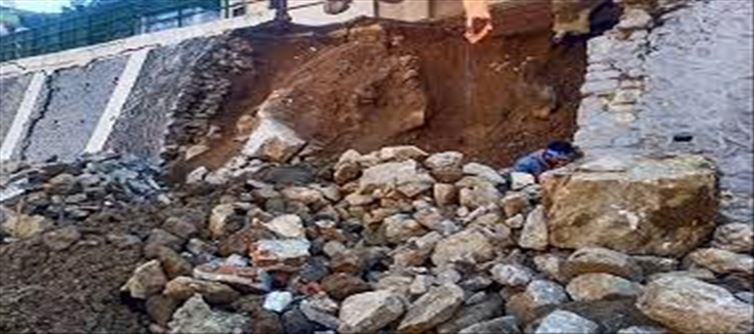
Joshimath tragedy: What is the main reason?
According to experts, joshimath in Uttarakhand's roads and homes are beginning to crack mostly as a result of the frantic infrastructure development taking place in such a delicate ecosystem as the Himalayas. They also added that climate change is a force multiplier. A local environmental activist, however, attributed the irreparable harm to a number of tunnels and hydroelectric initiatives in and near Joshimath. He said that their voices had been flagrantly disregarded.
Observers claim joshimath serves as a sobering reminder that the neighbourhood's government is causing irreparable environmental damage. Climate change is becoming a reality, according to Anjal Prakash, Research director and Adjunct Associate professor at the Bharti Institute of Public Policy, indian School of Business, and Lead Author for IPCC reports.
There are two aspects to the joshimath problem. The first is the rapid infrastructure development that is taking place in the Himalayas, which is a very fragile ecosystem. This development is taking place without much of a planning process in a way that allows us to protect the environment while also bringing in basic infrastructure for the millions of people who live there.
"Second, climate change is a multiplier of forces. It is extraordinary how climate change is showing up in several of the hill states. For instance, uttarakhand experienced calamity in the years 2021 and 2022. There have been several climate risk occurrences documented, such as significant rainfall events that cause landslides.
We must first recognise how delicate these locations are and how even minor alterations or disruptions in the ecology can result in catastrophic events, as we are currently seeing in Joshimath. In reality, this is a specific historical moment that should be remembered as an example of how things should be done in the Himalayan region."




 click and follow Indiaherald WhatsApp channel
click and follow Indiaherald WhatsApp channel